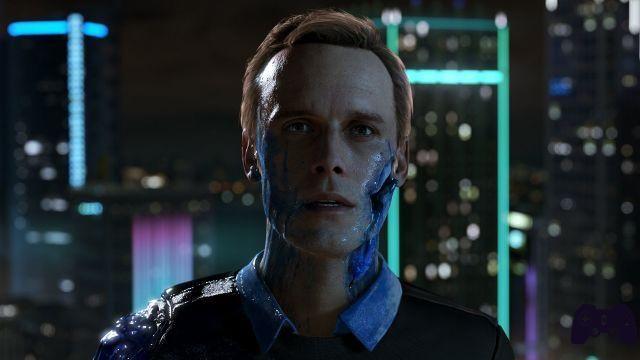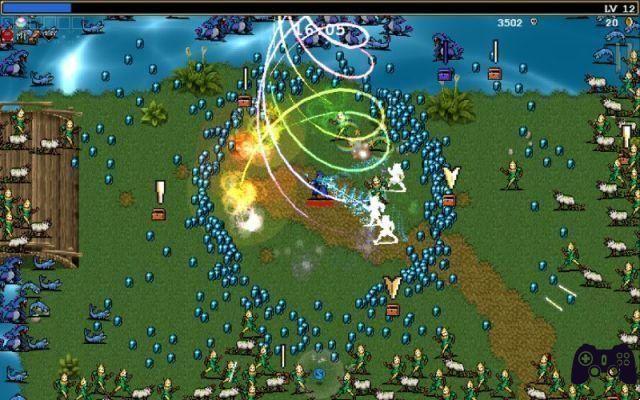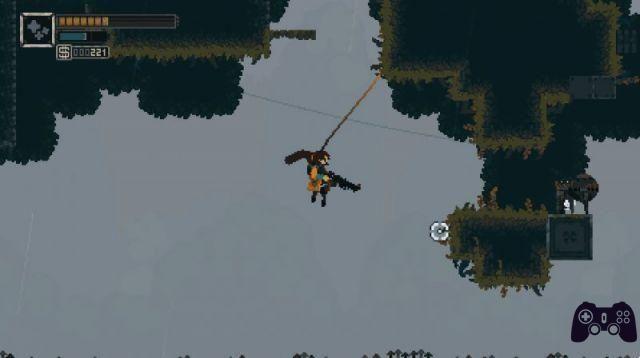There is a niche of League of Legends lovers who are bothered above all by one thing: the view. The top-down perspective, inherited from the origins of RTS, seems to be an obstacle for these people: from now on, however, there is a new game that seems to be made especially for them. It's called Warlander and it's heavily inspired by the logic and fighting style of MOBAs, but it adopts the classic third-person perspective typical of action games. It is fought with a bladed weapon, complete with guard and shields, or at a distance, with crossbows and spells, and the objective is only one: attack the heart of the enemy base with swords until it explodes.
The game developed by Toylogic and published by Playón is the classic example of "but why didn't anyone think of this before?" The gameplay works with its simplicity, and like almost all free-to-play multiplayer titles, Warlander is also (relatively) easy to learn, but it's a real challenge to perfect. It's as if the developers took a bunch of good ideas from different multiplayer titles and combined them into a product that works because it gives users room to find their own style of play.
In this review on Warlander We will tell you how all the gears of this title fit together to create a beautiful experience to play, but too gray to look at.
How a character works
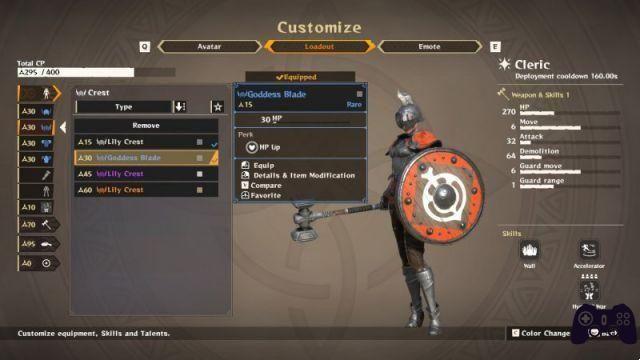
Warlander's first impression is a little confusing, but its tutorial does a good job of explaining the flow of the game. On the battlefield (which we'll talk about in a moment), performing a series of actions grants value points: Wound an enemy, build a siege engine, resurrect an ally, destroy a fortification, or damage the heart of the enemy base. Thanks to these points it is possible to select a stronger character from your deck because, unlike LoL, in Warlander you do not end the game with the same character you start it with.
In fact, before starting a game you will have to form a team of up to 5 characters whose power is dictated by title that they possess. There are 6 levels (0,1,2,3,4 or 5 stars) and on each team there must be at least one level 0 character (i.e. untitled) to be able to start the game or return to the game if you don't have enough points to buy a more powerful character on your team. Titles, in addition to increasing a character's health points, increase the amount of weapons and skills that the latter can equip. Each item (a sword, armor, or passive skill) has a weight measured in CP, with the most powerful weapons and spells taking up 1/5 of a single character's carrying capacity. At first the options are very limited, but as you gain experience and unlock new equipment the possible combinations become increasingly complex and malleable.
Warriors, magicians and clerics
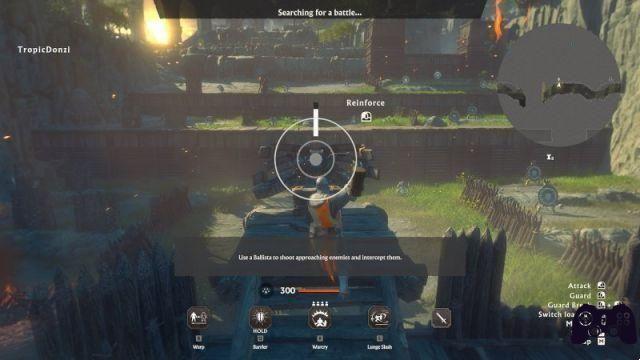
There are xnumx classes: warrior, mage and cleric. The former is designed for frontline hand-to-hand combat and is armed with a sword, shield and crossbow; the second is designed to stay at a distance and hit enemies with his spells and familiars, while the third is the support class with healing abilities for his allies, but still armed with a mallet and a shield. Unfortunately, the gender of each class is locked, because the developers have made the build of the characters a determining factor of their role: warriors, for example, are larger and easier to hit, while a cleric is much smaller. This is a great shame because it only further perpetuates gender stereotypes that are already old for the current way of making video games and, above all, unfair to guarantee those who play the ability to represent themselves.
titles have specific passive modifiers for each class and each step adds new ways to optimize a character for the first few minutes of the game, where it is important to gain ground, for the mid-game, where the attacker must break the opponent's fortifications, or for the assault final. in which it is essential to survive because dying would mean redoing a large part of the map on foot.
Teamwork and teamwork
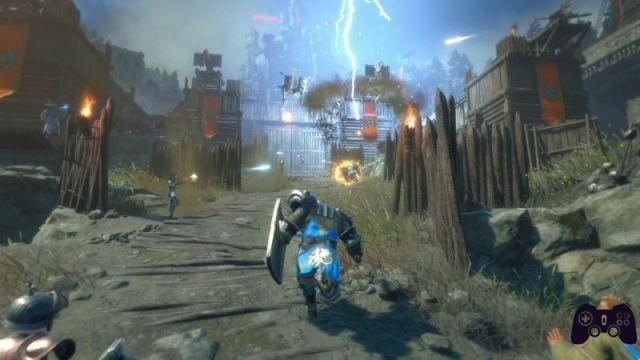
Warlander is above all a war between two armies, each made up of five teams of five players each. Before the start of each match, each team can choose its style of play (defensive, offensive or mixed) and then volunteer for one of three roles: defense of its own fortress, attack of the opposing fortress or special operations, a kind of wild card. . Within each team, therefore, it is always advisable to have a little variety in the choice of your character: at the moment the ideal composition seems to be made up of two warriors, two magicians and a cleric. The idea is that the two great warriors protect the magicians and that the clergy can take care of everyone.
The flow of the game is very simple: towers are scattered around the map, whoever conquers one earns a respawn point closer to the enemy base. Along the streets of the map, each team can build fortifications and arm them with crossbows and cannons, while to knock down the gates of a base it is possible to assemble a battering ram and drag it to the large gate. The team that first destroys the heart of the opposing team's base wins, exactly like in League of Legends Nexus. He game flow It is very well balanced and we have rarely been overwhelmed by an enemy offensive, there is almost always time and space to regroup and mount a counteroffensive on the opposing flank. Collaboration within a single team would be even better if, like in Battlefield, it were possible to be reborn alongside a teammate, but this feature is not currently available.
Do you need a strong identity?
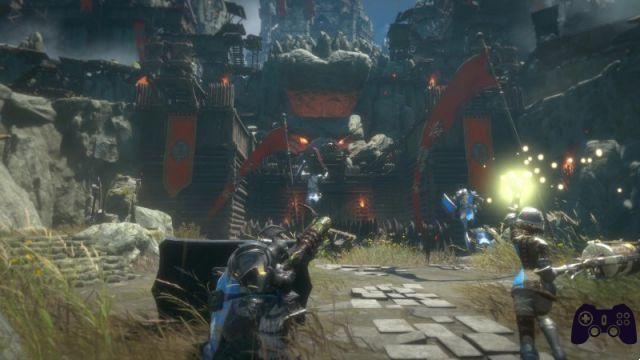
Warlander is pleasant to play but quite flat in terms of graphics and graphics. visual characterization of characters and environments. The color of everything seems to be a different shade of brown and both the soldiers and their equipment are pretty standard. Everything may change in the coming months, but it seems unlikely that Warlander will change radically on this front, but the real question is: does he need it? Maybe not, because his gameplay is fresh, interesting, frenetic but also strategic and calculated if he decides to form a team (or teams) with friends.
From the point of view of monetizationSo, you can expect the usual packaging of each free title. There is a free currency that you earn by playing and a premium currency that you can purchase with real money. In the store there are several skins for the characters (also all brown) and several multipliers for the experience gained. It is interesting to have the possibility to spend in-game currency on mercenary contracts that allow you to recruit a very strong character to add to your deck that, however, you can only deploy 3 times before having to renew the contract.
Conclusions
Tested version PC with Windows digital delivery Steam, playstation store, Xbox Store Holygamerz.com 7.5 Readers (4) 8.4 your voteWarlander is a game that can entertain you for hours if you can ignore its almost completely characterless graphics. The character creation and deployment system may seem confusing at first, but it's nothing a couple of practice games can't fix. There's a lot of potential for this game to find its niche given the different ways you can refine your characters. Another thing that Warlander does very well is fostering team spirit and collaboration: there are skills that work better in groups and 15 vs. 15 battles under the walls of a fortress (in attack or defense) will make you feel like you're in the Abyss of Helm thanks to the chaos and confusion well replicated in video game form. It's not pretty to look at, but Warlander is certainly fun to play.
PRO
- Successful mix of two different genres
- Building your own well-trained and multifaceted team
- Very satisfactory group actions.
AGAINST
- Visually lacking personality.
- Respawn sometimes punishes




